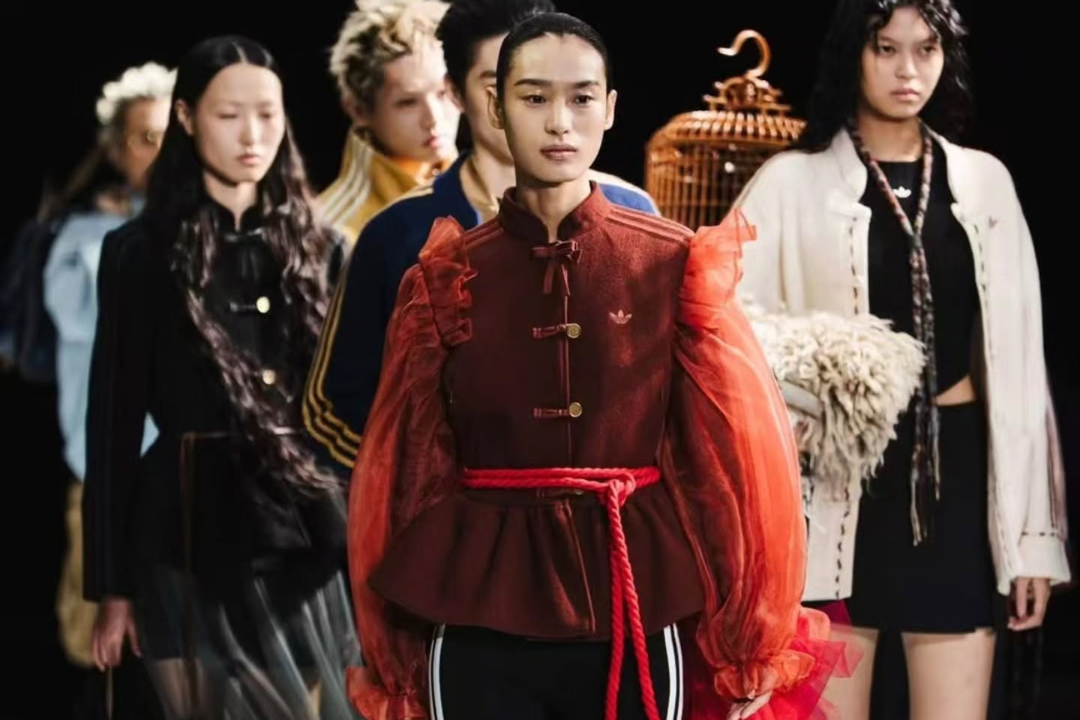The list below is part of RADII’s 100 Films to Understand China.
Wuxia
How has one of China’s oldest and most timeless literary genres been adapted to the big screen, and how does the Wuxia genre in the PRC differ from its more robust Hong Kong counterpart? The cinematic genre has fascinated fans all over the world with its blend of magical realism, action and traditional culture from one of the oldest civilizations on Earth.
Here are some of the defining Wuxia films to come out of China in the past 90 years.
The Burning of the Red Lotus Temple (Zhang Shichuan, 1928)
A film divided into 18 parts, spanning around 27 hours in total, The Burning of the Red Lotus Temple was one of the first wuxia films to be released and one of the most successful Chinese pre-war films.
Xueting Christine Ni, author and speaker: Although the genre was instantly recognized as a commercial success by Chinese film pioneers, with films like Tianyi Studios’ (Shaw Brothers) earliest Wuxia films such as The Burning of Red Lotus Mountain in 1928, there hadn’t been much output through several decades of turmoil, until the 1980s, when there were a few emulations of Hong Kong kung fu films.
WATCH IT YouTube
Red Heroine (Wen Yimin, 1929)
Another serialized film, Red Heroine is unique for its time, depicting a female lead as a warrior serving justice. Released during a high-point for the genre, Red Heroine proved to be influential for Wuxia genre to come.
Cheng-Sim Lim, organizer, China Onscreen Biennial: Flying on clouds, appearing and disappearing in a flash, the female warrior, originally garbed in red according to the actress Fan Xuepeng who played her, swoops in to rescue damsels kidnapped by a lecherous warlord. Echoing perhaps Cecil B. DeMille’s dictum of giving audiences enough sin to ogle along with the morality, the warlord keeps a bevy of scantily clad women in his lair.
WATCH IT YouTube
Shaolin Temple (Hsin-Yen Chang, 1982)
Shaolin Temple popularized the myth of the Shaolin school of kung fu, and also gave iconic martial arts actor Jet Li his first movie role.
Peter Shiao, CEO and Founder of Immortal Studios: This film brought all of China into the wuxia genre and an important part of its cultural past, when it was still a nation and people who needed to revisit its own great history and legacy.
WATCH IT Amazon Prime
Crouching Tiger, Hidden Dragon (Ang Lee, 2000)
This film brought a new wave of interest in the Chinese martial arts genre, including both costume pieces set in (un)specified pre-modern times and kung fu films typically set in modern-contemporary periods.
Muhe Chen, filmmaker: A Wuxia film that addresses revenge, oppressed love, and complicated relationships within the scope of the film’s different characters and their unique traits, many of which relates to Chinese Taoist and Buddhist philosophy.
WATCH IT Amazon Prime
Related:
 Back from Exile: How the Martial Arts Genre Made a Triumphant Return to China’s MainstreamThe history of martial arts fiction goes back for millenia in China, but for a significant period of time it left the mainland. How did it come back?Article Sep 21, 2020
Back from Exile: How the Martial Arts Genre Made a Triumphant Return to China’s MainstreamThe history of martial arts fiction goes back for millenia in China, but for a significant period of time it left the mainland. How did it come back?Article Sep 21, 2020
Hero (Zhang Yimou, 2002)
One of China’s most beloved directors, Zhang Yimou, began his Wuxia career with Hero, which became a global hit, partially due to Quentin Tarantino’s influence in getting it to American cinemas.
Michael Berry, Professor of Contemporary Chinese Cultural Studies and Director of the Center for Chinese Studies, UCLA: Piggybacking on the international success of Crouching Tiger, Hidden Dragon, Zhang Yimou’s Hero relaunched the Wuxia genre in the PRC. The film not only helped pave the way for the flurry of Wuxia films that would follow – House of Flying Daggers, Curse of the Golden Flower, The Banquet, and The Promise – but would create a new “blockbuster film” model for the Chinese market in terms of the film’s production, casting, promotion, and distribution.
WATCH IT Hulu | Netflix | Amazon Prime
House of Flying Daggers (Zhang Yimou, 2004)
One of the most iconic Chinese movies ever brings together an all-star cast, under the guidance of legendary director Zhang Yimou, showing off much of what has made his career great.
Peter Shiao: The reasons why I believe House of Flying Daggers survives the test of time is that Zhang Yimou, who is an aesthetician and designer at heart, successfully conveys the tone and intricacies of the Wuxia genre that haven’t really been fully explored with modern film technologies from the bamboo forests and even the flight of the daggers. And here, he visualizes and does a deep dive into one of China’s proudest (and most popular) traditions that heretofore have only been visualized inside reader’s minds. That singular accomplishment merits a place on this esteemed list as the martial hero dream is an inextricable part of the Chinese dream.
WATCH IT Amazon Prime
Fearless (Ronny Yu, 2006)
The last of Jet Li’s martial arts films, Fearless is revered for telling the story of Huo Yuanjia, the man who popularized Wushu as a legitimate combat style around the world.
Jason Lin, former executive at Alibaba Pictures: Unlike more recent nationalistic films, Jet Li’s Fearless is undoubtedly a film that celebrates the wisdom and depth of China, Chinese philosophy and Chinese sports, but it takes a global and balanced approach. The film’s main message is that there are many types of martial arts from the around the world. It is not a matter of which one is better but a matter of which practitioner of the martial arts will respect the rules of the sports and strive for greatness but also understand the values of competition should bring out the best in humanity. It’s a film many more of us should be re-watching in these times.
(Note: Jason Lin was involved as Jet Li’s assistant on the film.)
WATCH IT Amazon Prime
Ip Man (Wilson Yip, 2008)
Wilson Yip’s Ip Man showcases the chivalric character of the the titular character, a modest grandmaster of Wing Chun (and the future teacher of Bruce Lee), during the Second World War when his town, Foshan, was occupied by Japanese forces.
Peter Shiao: I am qualifying a co-production film as Chinese. Ip Man is a classic form that examines the archetype of the Knight errant Xia, a gifted and practiced individual who steps into larger shoes to right crimes against morality and in this case, the Chinese nation by the Japanese during WWII. An updated Chinese connection.
WATCH IT Netflix | Amazon Prime
The Grandmaster (Wong Kar-wai, 2013)
Wong Kar-wai, like Zhang Yimou, is an example of another uber successful director who turned to the Wuxia journey later in his career. The Grandmaster again focuses on the legendary story of Ip Man.
Phoebe Long, screenwriter: Contrary to the usually externalized emotional expression of martial arts movies, this film shows the spirit of righteousness and affection in martial arts in a subtle and introverted way. Precise and moving, the movie has an endless aftertaste.
WATCH IT Netflix | Amazon Prime
Brotherhood of Blades (Lu Yang, 2014)
Taking the end of the Ming Dynasty as its setting, Brotherhood of Blades is based around three swordsmen, who are charged with killing manipulative eunuch (and real historical character) Wei Zhongxian.
Xueting Christine Ni: The New Wave of Wuxia in Hong Kong favored moody atmospheres, saturated palettes, Wire fu and speedy choreography, blending magic and kung fu. However, New Wave on the mainland was a different kettle of fish. While Hong Kong Wuxia tends to adapt novels, tell stories of Jianghu — happenings between different clans, eccentric swordsmen, contests etc — borrowing from myth and fantasy, Mainland Wuxia tends to focus on historical and legendary figures and takes a more realist approach to choreography.
WATCH IT Amazon Prime

















